État d’assainissement des eaux usées et excréta dans le bassin versant d’Odza en zone périurbaine de Yaoundé et impact sur l’environnement urbain
Résumé:
L’assainissement est une démarche visant à améliorer la situation sanitaire globale de l’environnement dans ses différents composants.
Il comprend la collecte, le traitement et l’évacuation des déchets liquides, des déchets solides et des excréments contenus dans les eaux
usées qui sont ensuite acheminées jusqu’à une station de traitement (ou station d’épuration) pour y être épurées.
Le présent article s’intéresse à l’assainissement dans le bassin versant d’Odza.
L’objectif de l’étude est de mettre en exergue les facteurs explicatifs du déficit d’assainissement dans le bassin versant d’Odza et leurs impacts sur l’environnement.
La méthode utilisée a été l’administration de cent questionnaires auprès des ménages.
Les résultats montrent que le niveau d’étude du chef de ménage, le revenu du chef de ménage, le type de parcelle occupé, le type d’approvisionnement en eau, l’occupation des zones à risque et l’inexistence d’un réseau d’égout constituent les facteurs explicatifs pertinents du déficit en assainissement observé dans le bassin versant d’Odza à Yaoundé.
Ce déficit en assainissement a un impact négatif sur l’environnement immédiat des ménages qui se traduit par d’apparition de maladies hydriques (Diarrhée, maladie de peau, etc.) et par la dégradation des zones humides avoisinants.
Mots clés:
Assainissement, eaux usées, excréta, bassin versant, Odza, Yaoundé
Abstract:
Sanitation is a process aimed at improving the overall health situation of the environment in its various components.
It involves the collection, treatment and disposal of liquid waste, solid waste and excreta contained in wastewater which is then, transported to a treatment plant (or sewage treatment plant) for purification.
This paper focuses on sanitation in the Odza catchment.
The objective of the study is to highlight the factors that explain the sanitation deficit in the Odza catchment and their impact on the environment.
The method used was the administration of 100 household questionnaires.
The results show that the level of education of the head of the household and his income, the type of plot occupied, the type of water supply, the occupation of areas at risk and the non-existence of a sewage network are the relevant explanatory factors of the sanitation deficit observed in the Odza catchment area of Yaoundé.
This lack of sanitation has a negative impact on the immediate environment of the households, resulting in the occurrence of water-borne
diseases (diarrhea, skin diseases, etc.) and the degradation of the neighboring wetlands.
Keywords:
Sanitation, wastewater, excreta, watershed, Odza, Yaounde

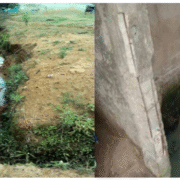
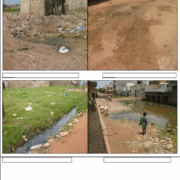 AAEA
AAEA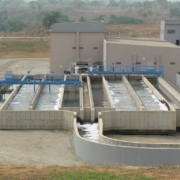 AAEA
AAEA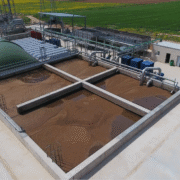 AAEA
AAEA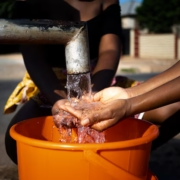 AFWASA
AFWASA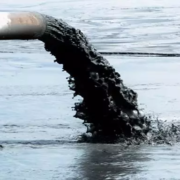 AFWASA
AFWASA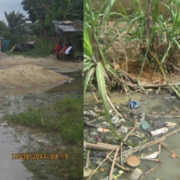 AAEA
AAEA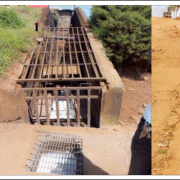 AAEA
AAEA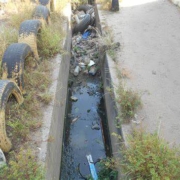 AAEA
AAEA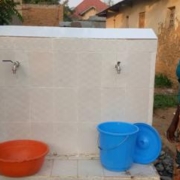 AAEA
AAEA